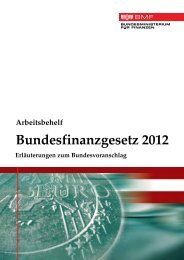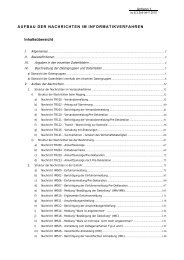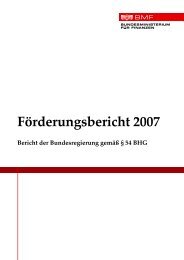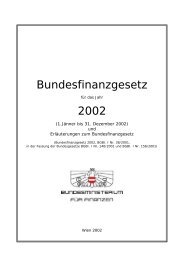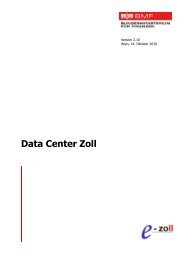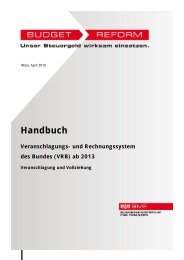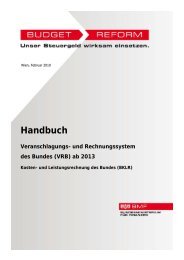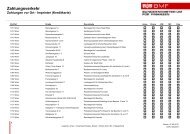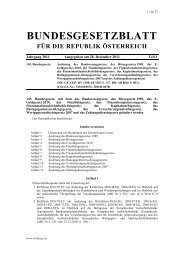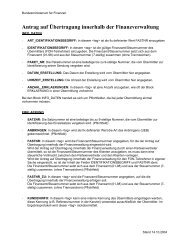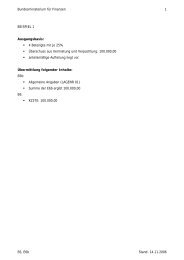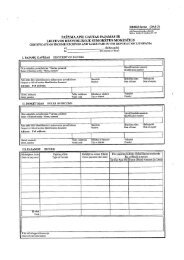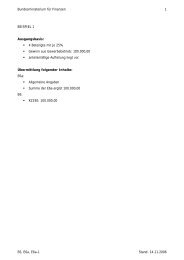Fallback and Recovery Specification (FRS)
Fallback and Recovery Specification (FRS)
Fallback and Recovery Specification (FRS)
Create successful ePaper yourself
Turn your PDF publications into a flip-book with our unique Google optimized e-Paper software.
DG TAXUD – EXCISE COMPUTERISATION PROJECT REF: ECP2-FITSDEV2-SC03-<strong>FRS</strong><br />
FALLBACK AND RECOVERY SPECIFICATION (<strong>FRS</strong>) VERSION: 3.11-EN<br />
Solution elements<br />
5 Solution elements<br />
Solution elements are the basic components of the overall business responses that relate<br />
to the identified exceptions. Whenever one of these exceptions is encountered, the related<br />
generic responses apply, regardless of the specific aspects of the exception.<br />
This chapter presents generic solution elements to build the business responses to EMCS<br />
exceptions.<br />
5.1 Prevention of exceptions<br />
PR01 Pre-validation of entered information<br />
PR02 Ensure permanent availability of EMCS applications<br />
PR03 Atomicity of EBP processing<br />
PR04 Use of timers<br />
PR05 Enqueue message for further automatic recovery<br />
PR06 Business acknowledgement<br />
PR07 Follow-up „open‟ information<br />
As a general rule, it is easier to prevent an exception from happening than to try to solve<br />
it after it has occurred. Therefore, when there are indications that some means exist to<br />
prevent an exception or reduce its consequences, these means are to be identified <strong>and</strong><br />
become a part of the solution.<br />
A prevention solution element is characterised by:<br />
� a place of prevention that identifies the responsibility of the measure; prevention<br />
should be performed as close as possible to the source of the cause <strong>and</strong> to the possible<br />
point of correction;<br />
� a type of prevention such as assistance <strong>and</strong> control of input at user interface, integrity<br />
control at receipt of a message, control of internal consistency before sending a<br />
message, etc.<br />
A major characteristic of EMCS is that it mainly consists of automatic sequences of<br />
processes entrusted to different IT systems <strong>and</strong> that are automatically chained.<br />
Consequently, there is generally no intermediate actor enabled to verify to correct<br />
movement information during the processing of a use case.<br />
At the end of a use case, the new information must be known <strong>and</strong> consistent amongst all<br />
involved locations throughout the whole system.<br />
Consequently, there must be general mechanisms to:<br />
� ensure that only correct data are entered into the system;<br />
� ensure that the normal sequence of states is respected.<br />
ECP2-FITSDEV2-SC03-<strong>FRS</strong>v3.11.doc Page 27 of 53



